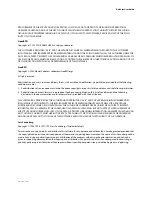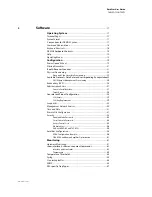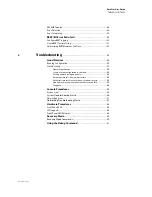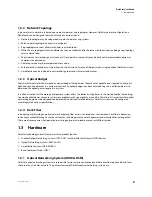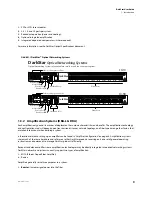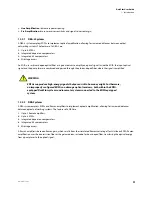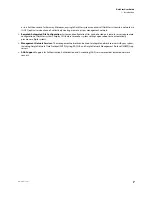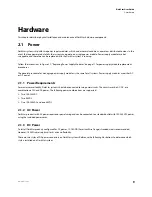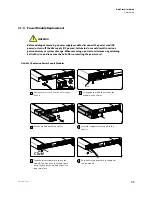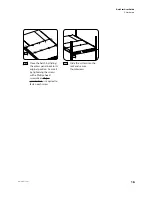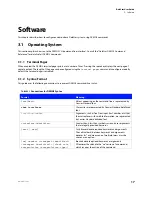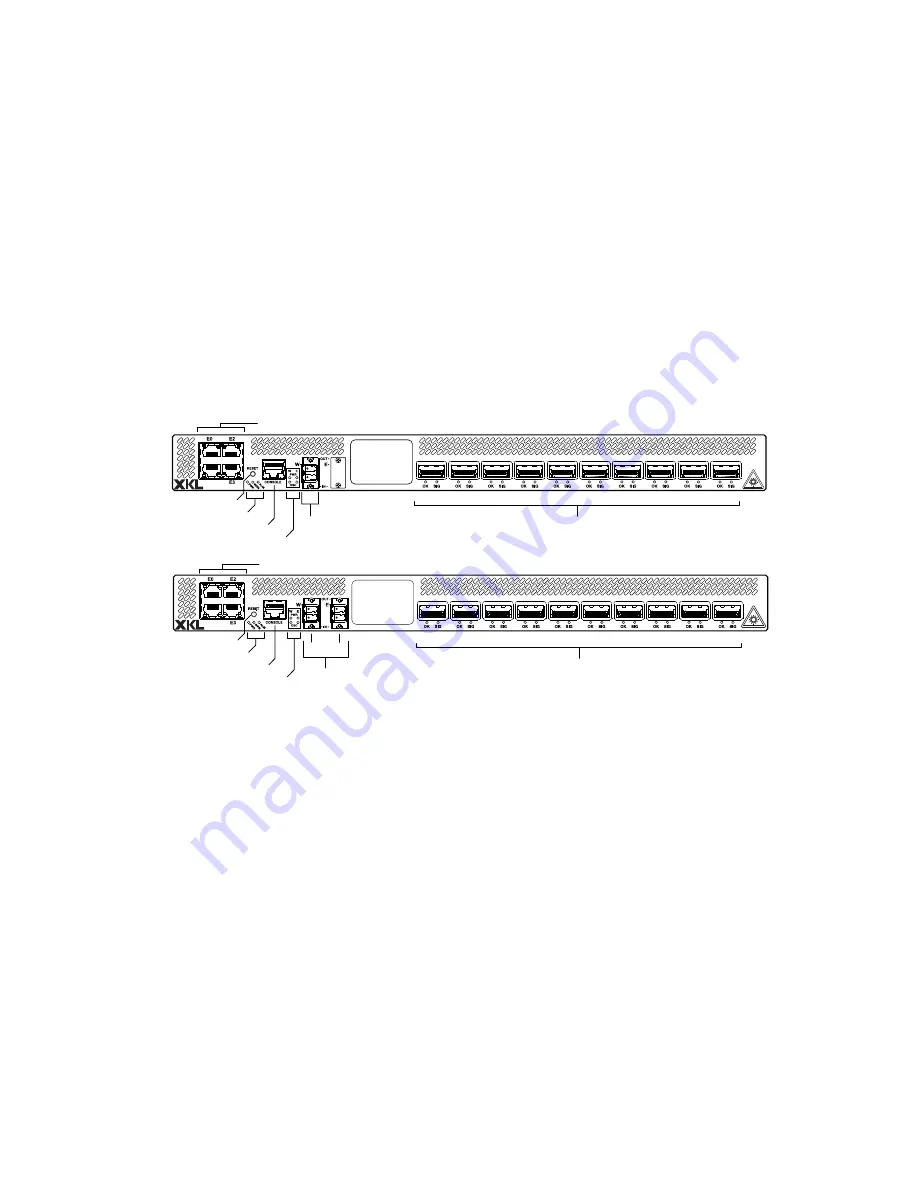
3
DarkStar User Guide
1: Introduction
www.xkl.com
1.
XFP or SFP+ laser modules.
2.
2, 4, 10, and 20 ports per system.
3.
Redundant operation (power and cooling).
4.
Optional integrated amplification.
5.
Integrated dispersion compensators (where required).
For more information, see the DarkStar Optical Specifications document.
FIGURE 1.1
DarkStar
®
Optical Networking Systems
1.3.2 Amplification Systems (DBA-L & DRA)
Each amplification type and its manner of deployment has unique characteristics and benefits. The amplification technology
and configuration used will depend upon transmission distances, network topology, and fiber type, among other factors that
are taken into account when building a system.
Information related to setting up an amplifier can be found in “Amplifier Configuration” on page 36. Amplification systems
share much of the same hardware and software as other DarkStar products, requiring only one set of general operating
instructions and commands to manage DarkStar products efficiently.
Beyond standalone amplifiers, some amplification technologies may be directly integrated into optical networking systems.
DarkStar networks and systems currently support two types of amplification:
1.
EDFA (Erbium Doped Fiber Amplifier).
2.
Raman.
Amplifiers generally serve three purposes in a system:
•
Booster:
Increase signal power into the fiber.
Console Port
Alar
m
LED’s
Band Port LED’s
Ethernet Manage
m
ent Ports
Line/Band Port
Reset Button
10-10
Client Ports
Ethernet Manage
m
ent Ports
East
West
Line/Band Ports
10-5R
Client Ports
Console Port
Alar
m
LED’s
Band Port LED’s
Reset Button
DarkStar
Optical Networking Systems
Optical Networking S
y
ste
m
s are available in two, four, and ten client port options.
DarkStar
DarkStar
E1
E1
C0
C1
C2
C3
C4
C5
C6
C7
C8
C9
C0
C1
C2
C3
C4
C5
C6
C7
C8
C9





